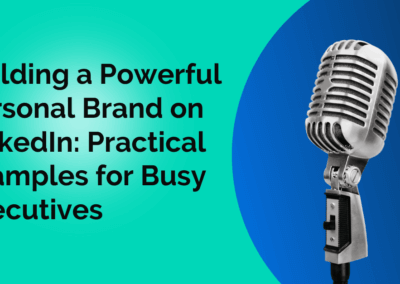As businesses start to switch their operations and procedures to software solutions, the Saas industry has begun to take over. Saas products’ virtual and online elements have caused its delivery model to become the core of business applications. This technological shift has not only grown the Saas market significantly but has also created a vast new customer base for Saas companies. While this offers an incredible opportunity for your Saas business, to make the most of this technological advancement, you’ll need to know how to make the most of your Saas marketing.
Don’t worry— we got you covered. Here’s a guide to some Saas marketing strategies (and metrics) that will encourage growth for your business.
How is Saas Marketing Different than Other Industries?
No doubt promoting Saas products has its challenges. Since there is nothing tangible to show your potential customers, your marketing efforts must work twice as hard to convince your audience that your product can solve their problems. Ensuring that promotion efforts focus on your product’s value is crucial because users can’t physically see it themselves.
Marketing efforts must also target every stage of the buyer’s journey. This is because most Saas users decide which product to use fairly quickly. The decision-making process is sped up as users have access to information with one quick online search. To appeal to the informed buyer, your content must be loaded with pertinent and relevant information to convince users o try your service.
Effective Saas Marketing Channels to Utilize
SEO
Today’s buyer is more informed than ever, and most of the time, they are going to search engines for their answers. This means SEO is crucial for any Saas business that wants their solution discovered on Google. Working on SEO provides businesses with better search engine rankings and visibility to create their presence online and, most importantly, to be found by users.
Content Marketing
No matter the market, businesses use content marketing to grow their brand and build awareness. Most importantly, content drives leads. Creating and promoting content attracts website visitors and ramps up audience engagement to turn uncertain prospects into paying customers.
Retargeting
Retargeting (or remarketing) turns website visitors into customers. After someone visits your website and then leaves, retargeting can re-engage with them by displaying online adverts on other sites they visit. This valuable tool gives your brand another chance to establish trust and familiarity with website visitors so they can come back and convert into customers.
Referrals
For some Saas solutions, users can naturally expand a customer base by introducing the product to others. With referrals being one of the lowest costing and quickest ways for Saas companies to have new users, many businesses have implemented a referral system or program. To ensure quality referrals, organizations will often ask for information regarding the person’s industry, company, or job title and sometimes include an incentive.
Saas Marketing Metrics to Focus on
Next, let’s talk about metrics. Monitoring analytics not only helps the effectiveness of your marketing but also exposes risks and finds opportunities to accelerate scalability. To help to stay focused on the growth of your Saas business, concentrate on analyzing these metrics:
Churn
Churn is one of the most important metrics for any Saas company because it tells a company how much business they are losing over a certain period of time. While customer service may play an essential role in keeping a low churn percentage, marketing should also be analyzing ways to improve this metric. Churn is more than lost customers or revenue. A sure way to keep a high churn rate is to market and sell your product to those who truly need it.
Qualified Leads
Let’s talk about LEADS. Any marketer or sales reps know the importance of generating leads. However, you don’t want to waste your time on just any lead — you need to make sure they’re qualified. In addition, break leads into lifecycle categories like MQL and SQL. This helps outline where potential customers are in the buying process and identify any leads that get stuck in the funnel.
CAC (Customer Acquisition Cost)
Customer Acquisition Costs tells companies how much it costs to acquire new customers and how much value they bring to your business. To calculate CAC, take total sales and marketing spend and divide it by the number of new customers (over a specific time). CAC helps companies manage their growth and accurately gauge the value of their acquisition process.
CLV (Customer Lifetime Value)
CLV shows the average amount of money each customer pays during their engagement with your company/product. This metric is very insightful for Saas companies because it articulates an accurate portrayal of a business’s value and growth.
Ready to implement these marketing strategies? We can help! Let’s get started.




